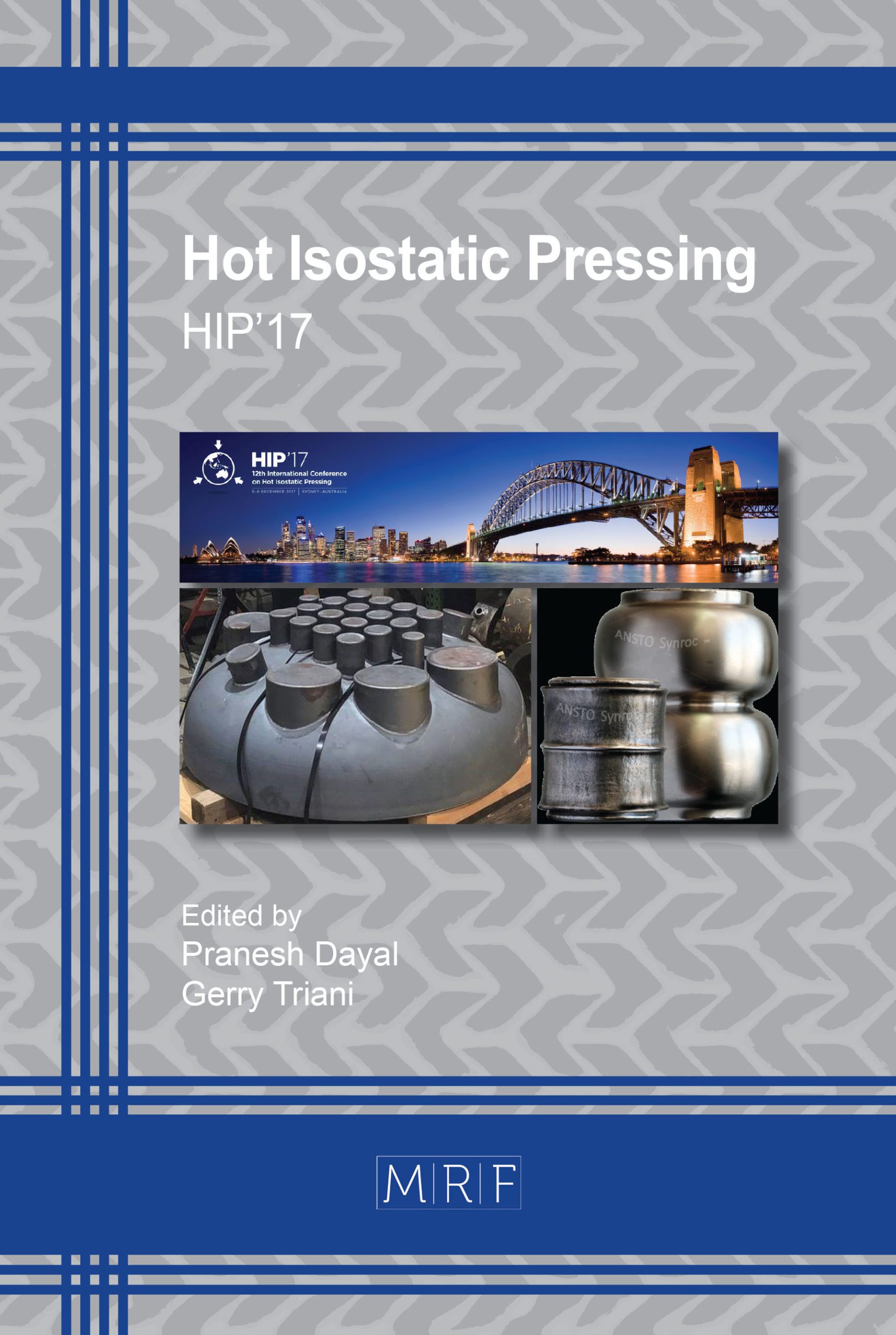TeraPi – A 3.5-Meter Diameter Hot Zone Unit Enables HIPing of Large Components
Anders Eklund, Magnus Ahlfors
download PDFAbstract. Hot isostatic pressing (HIP) has been known for more than 50 years, and is considered today as being a standard production route for many applications. The HIP process applies high pressure (50-200 MPa) and high temperature (300-2,500°C) to the exterior surface of parts via an inert gas (e.g., argon or nitrogen). The elevated temperature and pressure cause sub-surface voids to be eliminated through a combination of mechanical deformation, plastic flow and diffusion. The largest HIP unit operated in the world today has a hot zone diameter of 2.05 meters which is very big. However, there are even bigger components produced that would benefit from a HIP treatment, but which cannot be HIPed today because of the size. These components could be pump house and valve castings for nuclear power plants, forged parts for reactors or components for aerospace engines for example. This presentation will cover which types of components and markets that can benefit from this size of HIP. It will also be explained how it is possible to operate an extra-extra-large HIP like the TeraPi and the technical concept together with performance details.
Keywords
Tera-HIP, Large Components, Powder Metallurgy, Near-Net-Shape (NNS), Forgings, Energy, Volume Production
Published online 2/11/2019, 6 pages
Copyright © 2019 by the author(s)
Published under license by Materials Research Forum LLC., Millersville PA, USA
Citation: Anders Eklund, Magnus Ahlfors, TeraPi – A 3.5-Meter Diameter Hot Zone Unit Enables HIPing of Large Components, Materials Research Proceedings, Vol. 10, pp 197-202, 2019
DOI: http://dx.doi.org/10.21741/9781644900031-26
The article was published as article 26 of the book Hot Isostatic Pressing
![]() Content from this work may be used under the terms of the Creative Commons Attribution 3.0 licence. Any further distribution of this work must maintain attribution to the author(s) and the title of the work, journal citation and DOI.
Content from this work may be used under the terms of the Creative Commons Attribution 3.0 licence. Any further distribution of this work must maintain attribution to the author(s) and the title of the work, journal citation and DOI.
References
































